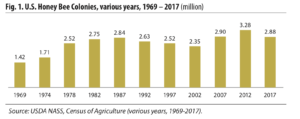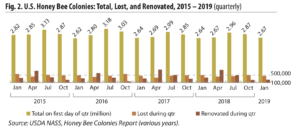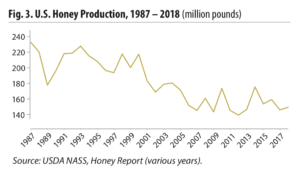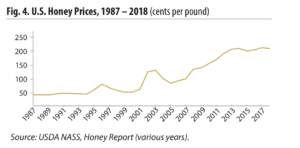DTN writer Todd Neeley reported yesterday that, “Farmer payouts from the Syngenta corn settlement remain on track for sometime in 2020, but exactly when is unknown.
“The U.S. District Court for the District of Kansas in Kansas City approved the $1.51 billion settlement from a lawsuit filed following Syngenta’s release of Agrisure Viptera (MIR162) and Agrisure Duracade corn traits.
“Syngenta spokesman Paul Minehart previously told DTN that Syngenta plays no role in the distribution of settlement funds as the company already has contributed $1.51 billion.”
The DTN article noted that, “According to the settlement, there are four subclasses approved as eligible for payments.
“First, are farmers who owned any interest in corn in the United States but did not plant the Syngenta seeds in question. A second subclass includes any producer who owned any interest in corn in the U.S. priced for sale, purchased Agrisure Viptera and/or Agrisure Duracade corn seed, and produced corn grown from those traits.
“The settlement also will include any grain-handling facility and ethanol plants that owned interest in corn priced for sale during the period.”
Mr. Neeley explained that, “Plaintiffs in the cases allege Syngenta sold corn with Agrisure Viptera and Duracade traits prior to the traits receiving import approvals in several countries, including China. China claims it found and rejected corn shipments containing the traits, which plaintiffs said led to lower corn prices.
“Official lawsuits that were filed on behalf of corn producers include cases in Alabama, Arkansas, Colorado, Illinois, Indiana, Iowa, Kansas, Kentucky, Louisiana, Michigan, Minnesota, Mississippi, Missouri, Nebraska, North Carolina, North Dakota, Ohio, Oklahoma, South Dakota, Tennessee, Texas and Wisconsin.”





